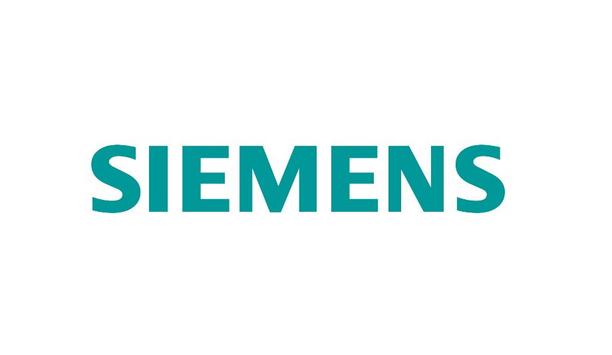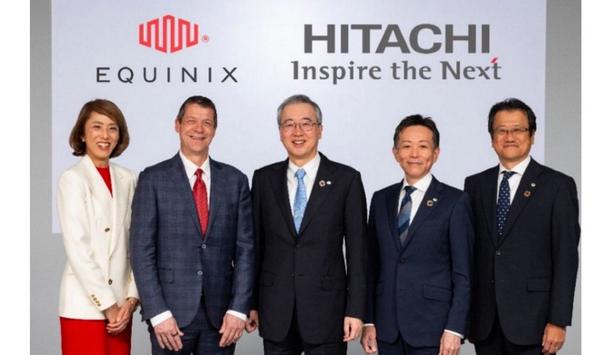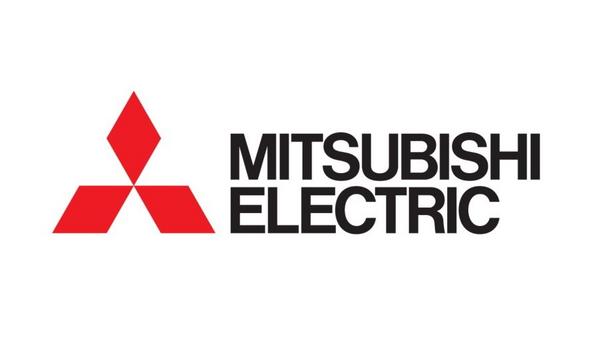Hitachi, Ltd. (‘Hitachi’) is promoting a modal change toward global growth, as part of efforts to ‘Support people’s quality of life with data and technology that fosters a sustainable society’ as laid out in Mid-Term Management Plan 2024 (MMP 2024).
Hitachi has announced that it has amended the executive compensation system to further accelerate growth as a global company, and to further strengthen links between increases in corporate value and compensation.
Hitachi's new framework
Hitachi has introduced a framework in which individual targets are linked to the company’s targets
With regard to employee compensation as well, Hitachi has introduced a framework in which individual targets are linked to the company’s targets, and compensation is determined according to the achievement of those targets.
The management targets put forward in MMP 2024 are applied as evaluation indexes when deciding compensation for individual employees. Moving forward, Hitachi will cultivate a growth mindset among both executives and employees and strive to achieve global growth as One Hitachi.
1. Amendments to the Executive Compensation System
(1) Goal of Amendments to the Executive Compensation System
At a meeting of the Compensation Committee, Hitachi discussed the executive compensation system to enable continued growth over the next ten years, through a modal change toward growth in MMP 2024.
A decision was made to amend the executive compensation system, in order to establish a system that can secure competitive superiority over global companies, ensure effective Pay-for-Performance that rewards contributions to growth and innovations, and increase corporate value by strengthening sustainable management.
(2) Outline of the Amended Executive Compensation System
i) Overview of Executive Compensation
Compensation for Hitachi’s executive officers comprises basic remuneration (fixed pay), and two forms of variable pay: short-term incentive compensation (STI) and medium- and long-term incentive compensation (LTI).
With the recent amendment, specifically, the ratio of compensation for President & CEO, which in the past was 1 : 1 : 1, has been changed to 1 : 1.2 : 2, increasing the ratio of variable pay with a focus on LTI, which takes the form of stock compensation, and the compensations ratios for other executives have also been set based on this ratio.
(2) Outline of the Amended Executive Compensation System
i) Overview of Executive Compensation
Compensation for Hitachi’s executive officers comprises basic remuneration (fixed pay)
Compensation for Hitachi’s executive officers comprises basic remuneration (fixed pay), and two forms of variable pay: short-term incentive compensation (STI) and medium- and long-term incentive compensation (LTI).
With the recent amendment, specifically, the ratio of compensation for President & CEO, which in the past was 1 : 1 : 1, has been changed to 1 : 1.2 : 2, increasing the ratio of variable pay with a focus on LTI, which takes the form of stock compensation, and the compensations ratios for other executives have also been set based on this ratio.
ii) STI
With the Amendments, new KPIs have been added for the evaluation of performance achievements, including the management targets put forward in MMP 2024 such as Lumada business revenues. The new system will strengthen the link between STI and MMP 2024, and by striving to achieve stretched performance targets, offer greater rewards for contributions to growth and innovation.
Up to now, sustainability targets have been used as one index for individual evaluations, being reflected in STIs, but in the new system, sustainability evaluations will be deemed as separate, and will account for a larger ratio of STI compensation, as a means of promoting more evolved sustainability management.
iii) LTI
Hitachi introduced restricted stock compensation as an LTI, in order to promote management based on a medium-to-long-term perspective and to provide incentives for sustainable corporate value enhancement by further encouraging the management team to share values with shareholders through the holding of shares during their term of office.
The new amendment adds comparisons of TSR growth rate with global competitors as one of the KPIs
With regard to stock price condition, the new amendment adds comparisons of TSR growth rate with global competitors as one of the KPIs. Restricted stock is granted in amounts equivalent to 0- 200% of the standard number of shares, in accordance with results as compared to TSR growth rates and TOPIX growth rates, and with results as compared to stock price growth rates for global competitor comparison companies stipulated by the Compensation Committee.
Furthermore, when return on invested capital (ROIC) and sustainability targets are achieved at the end of fiscal year 2024, which is the final year of MMP 2024, additional shares are granted for that year in amounts equivalent to 10% of the standard amount in each case. This further strengthens the commitment to increasing corporate value and achieving the targets of MMP 2024.
2. Compensation for Employees
In fiscal year 2014, Hitachi introduced Global Performance Management (GPM), which links company, divisional, and individual targets, as a form of common global HR management. In this system, the targets of the company’s highest-ranking executives are at the top, and each organization sets targets tied into those of higher-level organizations.
Individual employees set personal targets linked to the targets of the organization that they are affiliated with, and they are evaluated based on their degree of achievement. In this way, compensation for individual employees is linked to increased corporate value for Hitachi as a whole.
Employees’ bonus evaluation indexes
Employees’ bonus evaluation indexes are also set based on management indexes laid out in MMP 2024. This way, the link between bonuses and indexes of MMP 2024 such as Lumada business revenues will be strengthened in the same way as executives, and by encouraging employees to aim for stretched performance targets, the compensation will offer greater rewards for contributions to growth and innovations.
Through these activities, Hitachi, which strives to enhance human capital, provides individuals with incentive to achieve the company’s targets, thereby linking the growth of individual employees with the growth of the company as a whole.






